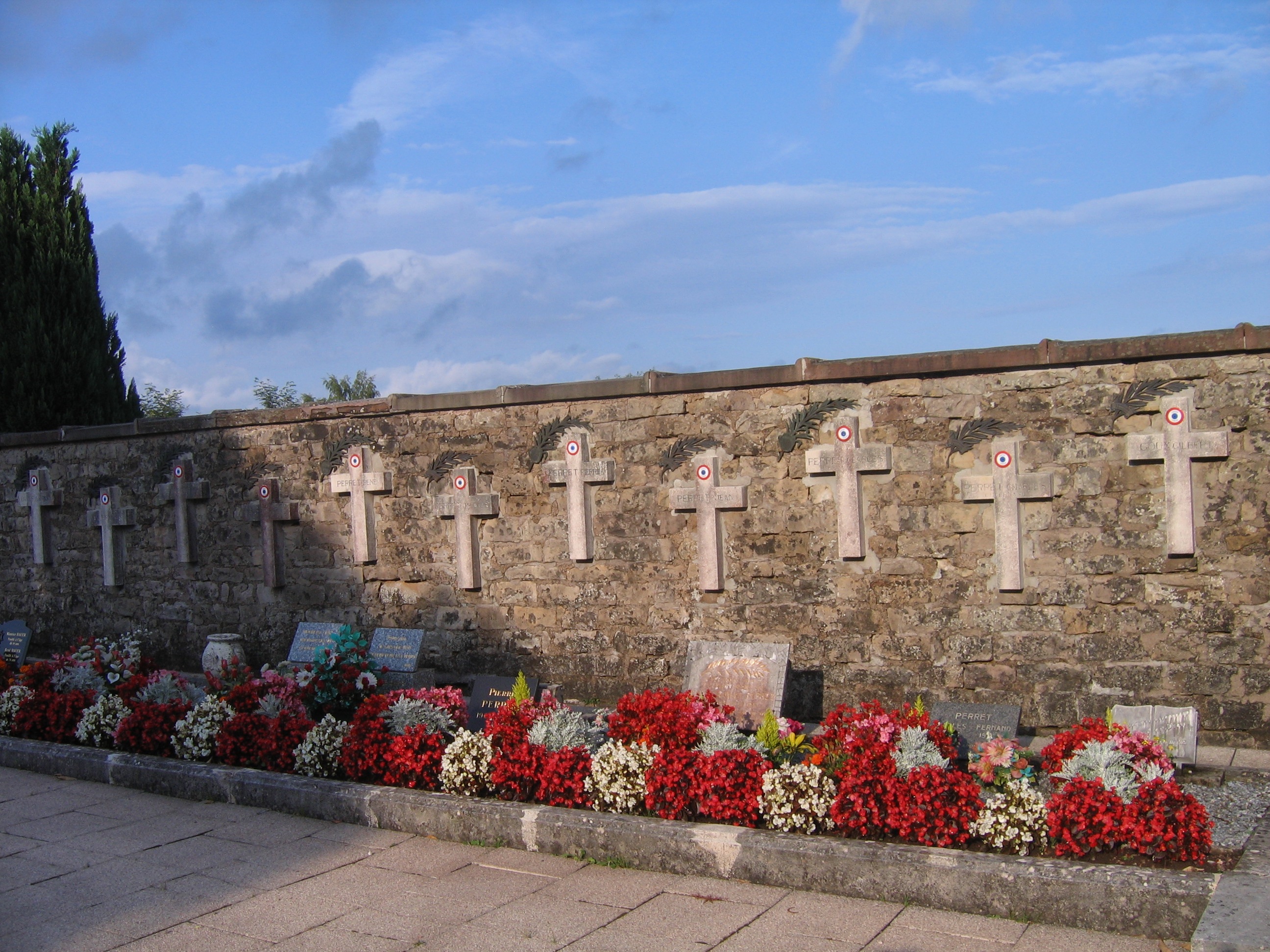The Prisoners from Epinal
During the early 1940’s, the Germans had established a prisoner of war camp in Epinal. The camp held hundreds of the British POWs captured around the Mediterranean, including Indian soldiers taken at Tobruk. In May 1944, as they were preparing for the invasion of Europe, the Allies bombed the prison camp. Hundreds of those held captive escaped, but having done so, found themselves wandering the French countryside, trying to make their way to Switzerland. They headed south and east from Epinal, searching for the Swiss border. The eastern border of the Franche-Comté forms the northern part of France’s frontier with Switzerland. The people of the Franche-Comté have a long history of smuggling people and goods into and out of that small nation. The prisoners who had escaped from Epinal knew that they were near the Swiss frontier, but had no idea how near or far it was. So, they began to walk, mostly in groups, hiding in the woods and making little contact with the villages they passed.
A garden in the Franche-Comte in MayMay in the Franche-Comté is lush. Peonies, iris and roses are in bloom, and the trees are in full leaf. By the end of the month, the first haymaking is in progress. The woods are green, and the underbrush can provide cover. Some of the forests are managed, though, and have been for generations. In those, the underbrush has been cut away and the trees are planted in neat rows. If someone wanted to pass through these woods unseen, they would have to keep well away from the main roads to avoid passing farm wagons or German patrols. In the late spring, the days have lengthened and the nights have lost their chill. It was not a bad time of year for the escaped POWs to be sleeping rough in the forest.
These POWs had to remain hidden because their appearance was so very different from the French. Most of these men came from northwestern India, part of which became Pakistan after India’s independence from Britain. Some were Sikhs, some were Muslims and some were Hindus. All were dark-skinned. The Sikhs, mostly from the Punjab region, wore turbans to cover their long hair and beards. The remnants of their British Army uniforms were giveaways, too. It would be almost impossible for them to blend in with the local population. So the escapees took to the woods and wandered, some for weeks, trying to find Switzerland.
On the few farms they passed on their way from Epinal in May of 1944, the escaped soldiers found little to eat. The fruit trees were still in bloom – no apples or pears yet. Even though the Muslim soldiers might kill an occasional rabbit or chicken, the Hindu soldiers refused to eat meat. Eventually, their only hope for survival was to make contact with the French.

 Katherine Douglass
Katherine Douglass